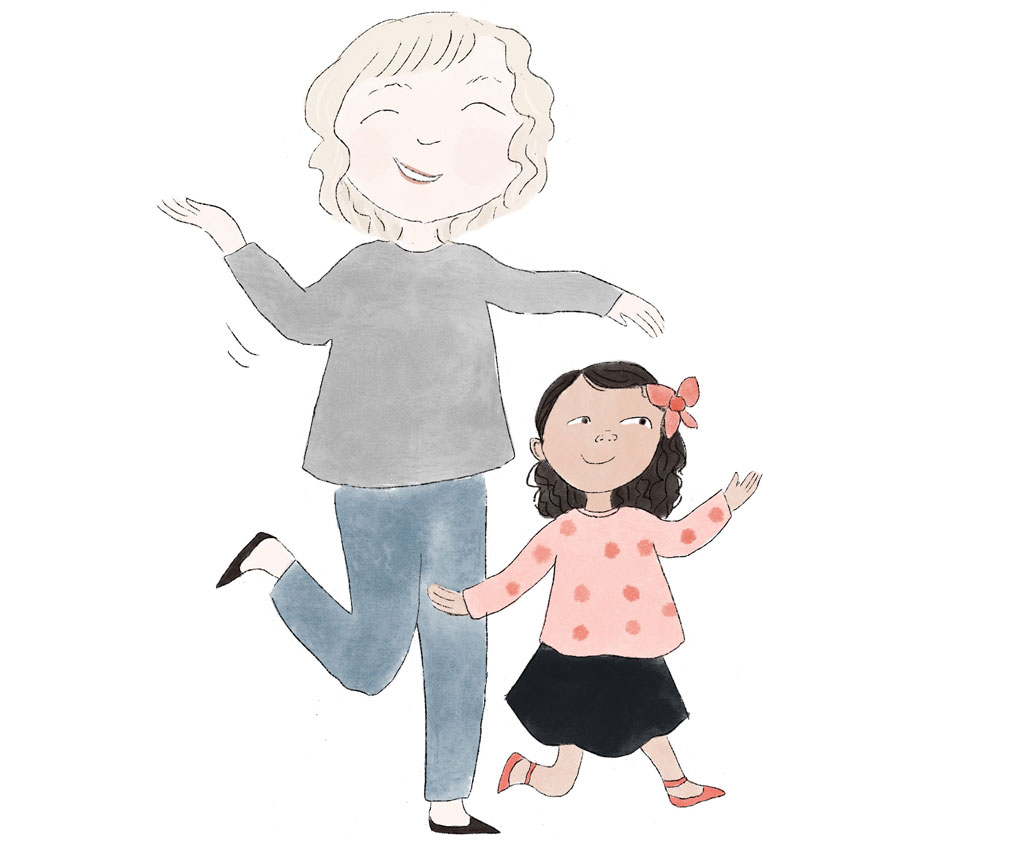Staying six feet away from your loved ones is hard for anyone. It’s especially difficult if the only feet you understand are the ones in your Velcro-strap shoes. Because you’re 2.
Benjamin Lindquist, a clinical assistant professor of emergency medicine, had tried to explain to his toddler, Kiley, why the threat of COVID-19 meant she couldn’t hug her grandparents or do her usual activities with them right now. He decided to write some simple rhymes to introduce her to the concepts of germs and social distancing. “I love you when you’re close / and when you’re far away” begins one couplet. “I love you when we’re holding hands / and when across the street I stay.”
Though our interactions might have changed to stop germs from spreading, there is still a lot of love going around.
“My initial plan was to write it for my family,” he told Stanford Medicine’s Scope blog. “So I ran the text by my wife and sent it to my parents—and they all loved it.” So did Lindquist’s sister, a book designer, who put him in contact with children’s book illustrator Jena Holliday. Before you can say “potty-trained,” they had self-published on Amazon.
I Love You When You’re Close and When You’re Far Away uses Lindquist’s rhymes along with depictions of his own family doing everyday activities to show very young children that though our interactions might have changed to stop germs from spreading, there is still a lot of love going around.

The book isn’t specific to the coronavirus and could benefit anyone with an immunocompromised family member. Lindquist, who has heard from preschool and kindergarten teachers that the book has been helpful for their students, is donating proceeds to GetUsPPE.org, a group that is collecting personal protective equipment for health-care workers during the pandemic. As for Kiley? She requests repeated readings of the book. After all, she’s 2.
Summer Moore Batte, ’99, is the editor of Stanfordmag.org. Email her at summerm@stanford.edu.



